The "Pagoda" from Mercedes-Benz
By: Rex McAfee (Sports Car Digest)

The “Pagoda” from Mercedes-Benz
The "Pagoda" from Mercedes-Benz, has continued to become an iconic staple in the lineup of classic Mercedes automobiles
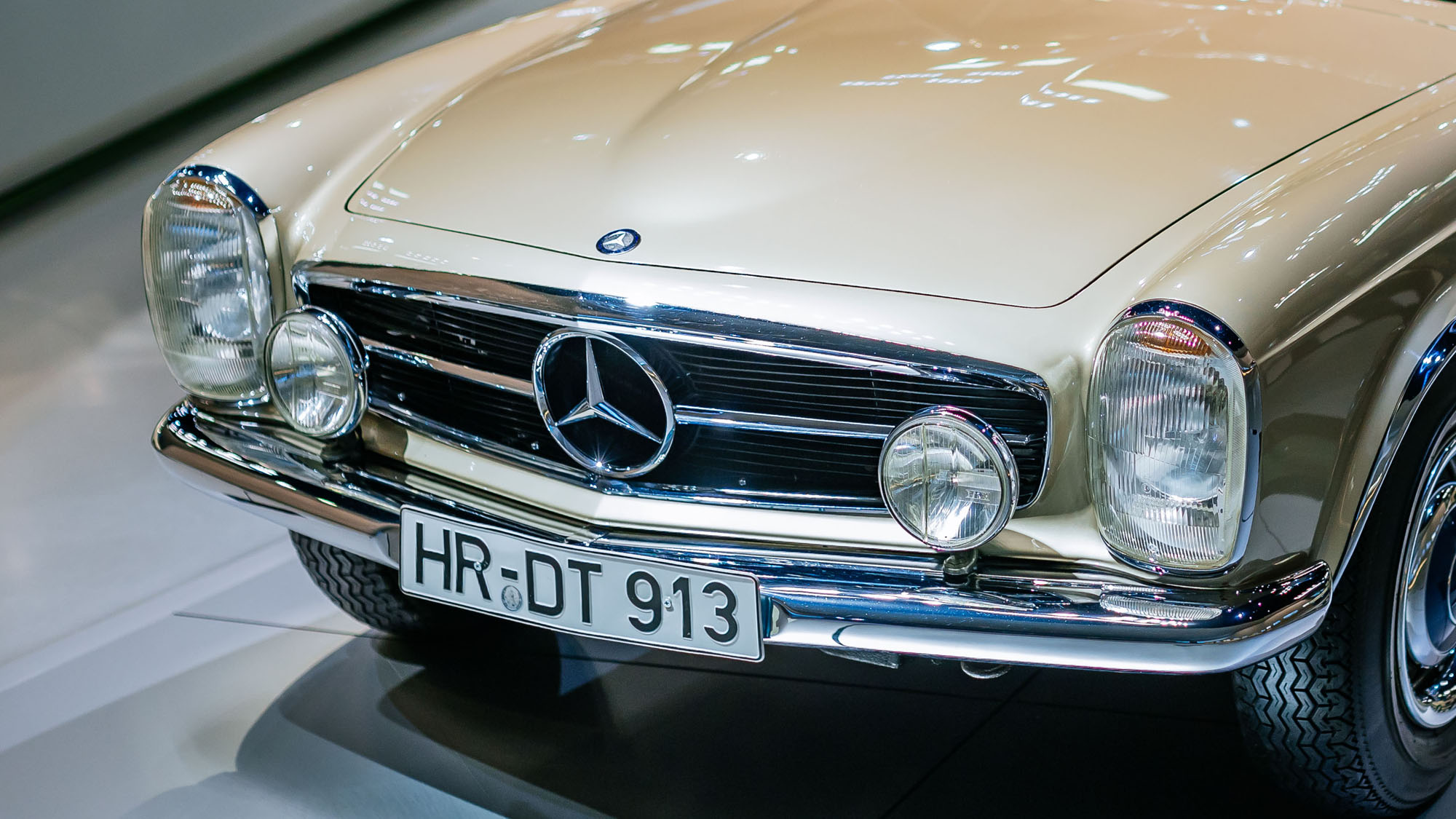
Highlights
- The hardtop design of the SL model series 113 is reminiscent of Asian temples
- World’s first sports car with a safety body
- Rally dancers: Winner at Spa-Sofia-Liège 1963 after 5,500 grueling kilometers
- Genuine parts from Mercedes-Benz Classic ensure authenticity and thus value retention
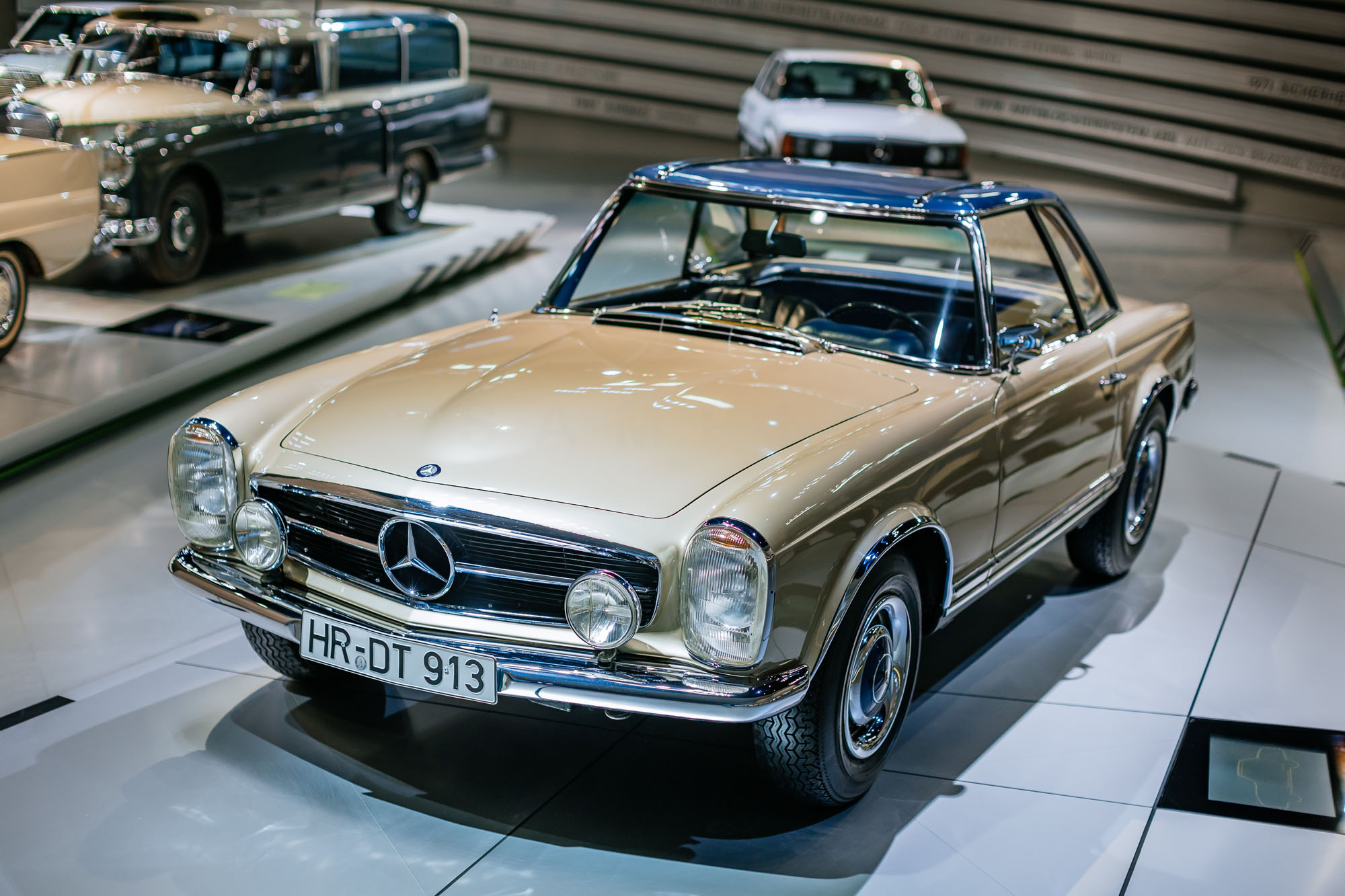
Style icon
The name “Pagoda” is based on the sports car’s characteristic hardtop, which is slightly curved inwards and is reminiscent of Asian temples. The shape was designed by Paul Bracq, who became the first designer in the “Main Department for the Development of Car Bodies” at the Sindelfingen plant in March 1957. The pagoda roof is a stroke of luck for the image and design of the sports car. And of course the overall design: clear lines of great simplicity and lightness create an expressive elegance. Even decades later, Bracq still described the design of the W 113 as “perfect”.

Stability
The idea for the concave roof line came from a technician. Force progressions in the bodywork are an area of expertise of Béla Barényi. He points out that a roof curved downwards is more stable than sheet metal that is curved upwards. This, however, is only of limited practicality for everyday use of the model series 113 since the hardtop of a sports car is rarely used with a roof luggage rack for transporting loads.
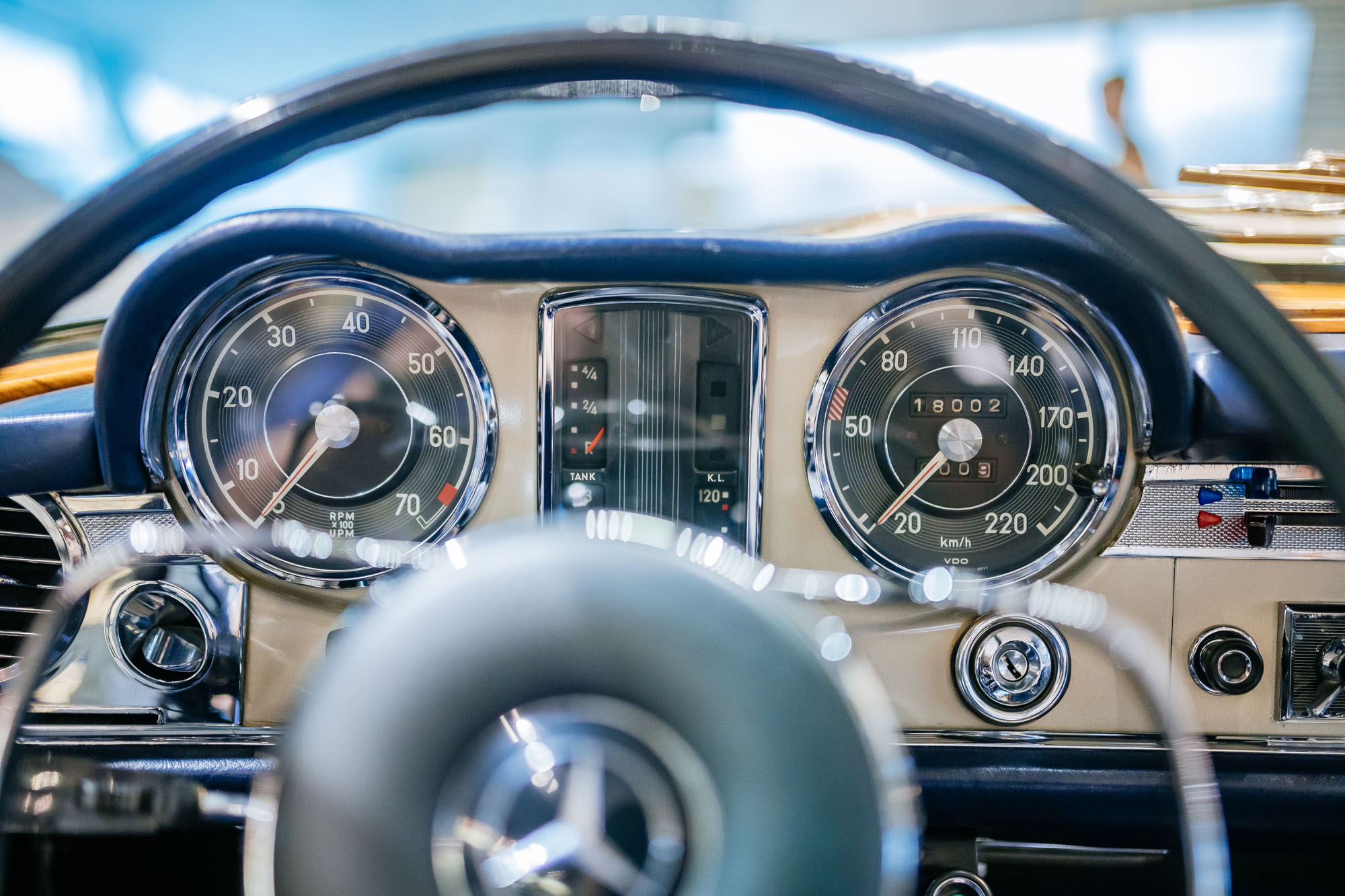
Innovative
Another of Barényi’s inventions is of great significance in terms of safety: his concept for the body with crumple zones at the front and rear and a customizable passenger compartment in between. In 1959, the Mercedes-Benz model series 111 was the world’s first vehicle with this safety body. Of course, the new SL, which appeared in 1963, also had it – a milestone in the world of sports cars. This underscores why this SL is in Legend Room 5: Pioneers – Safety and Environment, 1960 to 1982.
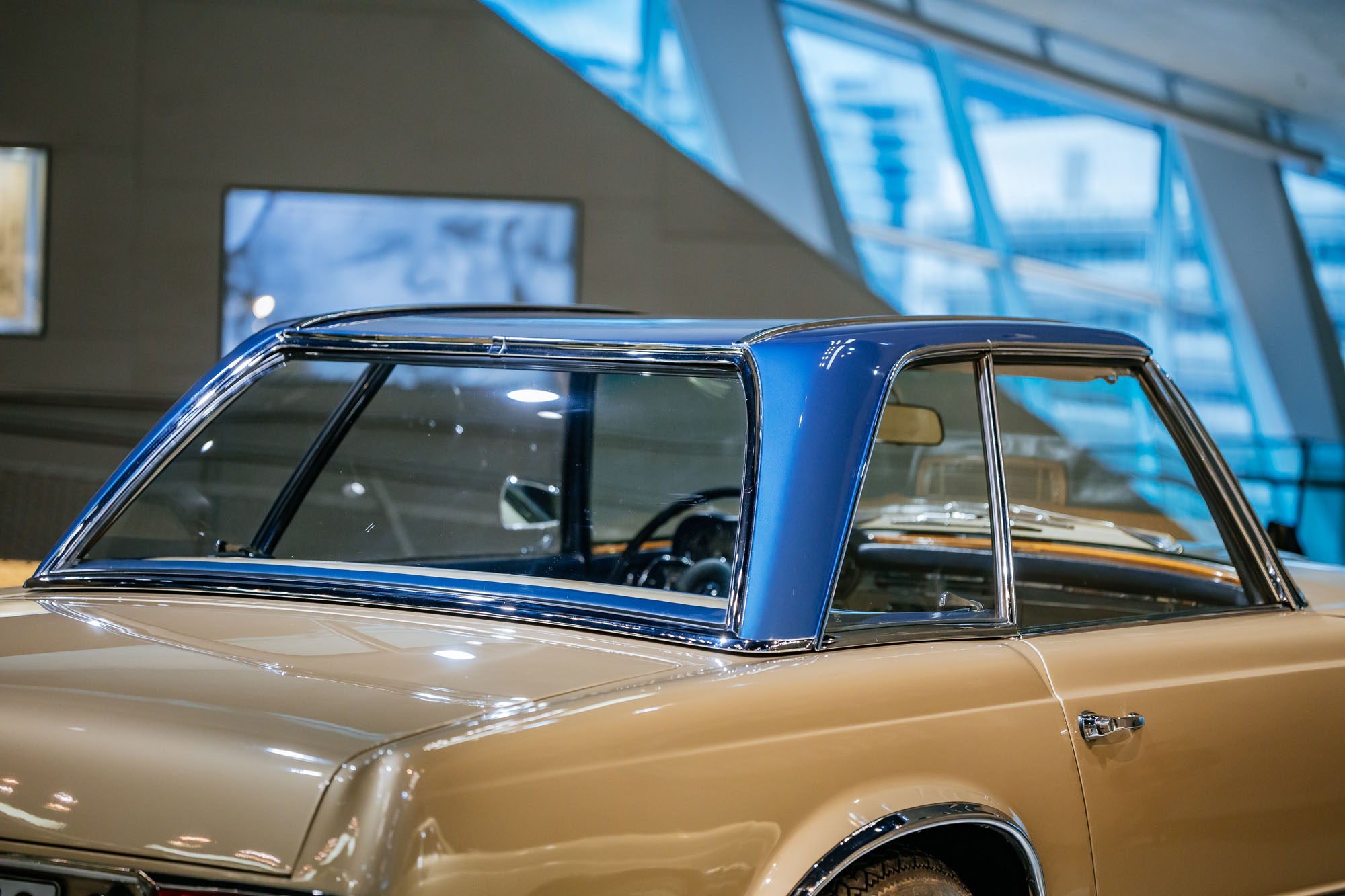
Predecessor model
The Geneva Motor Show from 14 to 24 March 1963 is the premiere venue for the 230 SL, the first version of the model series 113. The roadster with a 2.3-litre six-cylinder engine and 110 kW (150 hp) takes on a challenging legacy. It replaces two predecessors, the 190 SL (W 121) and 300 SL Roadster (W 198), both of which had been extremely popular and successful from the outset. The 300 SL had already become a legend with the coupé produced from 1954 on.
A true all-rounder
With the new model, the company opts for a happy medium. The 230 SL is neither an uncompromisingly tough roadster nor a gentle boulevard sports car. It is a comfortable yet sporty two-seater with a high level of driving safety.
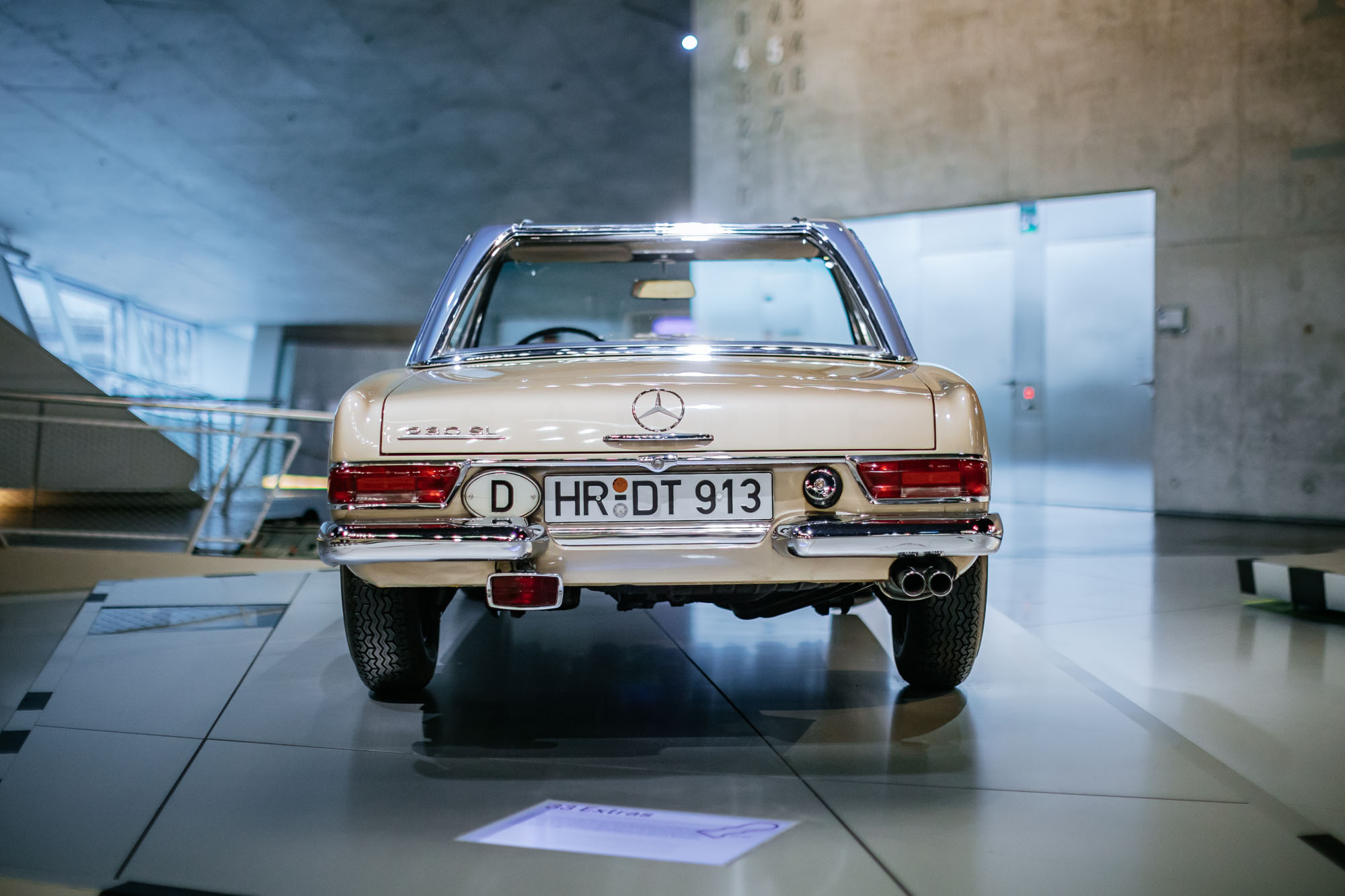
Portfolio
The model series 113 is developed further. On 27 February 1967, the company presents the 250 SL, also with 110 kW (150 hp), but with a displacement of 2.5 litres and therefore greater torque. This is replaced less than a year later by the 280 SL with a 2.8-litre engine and 125 kW (170 hp), which is even more powerful.
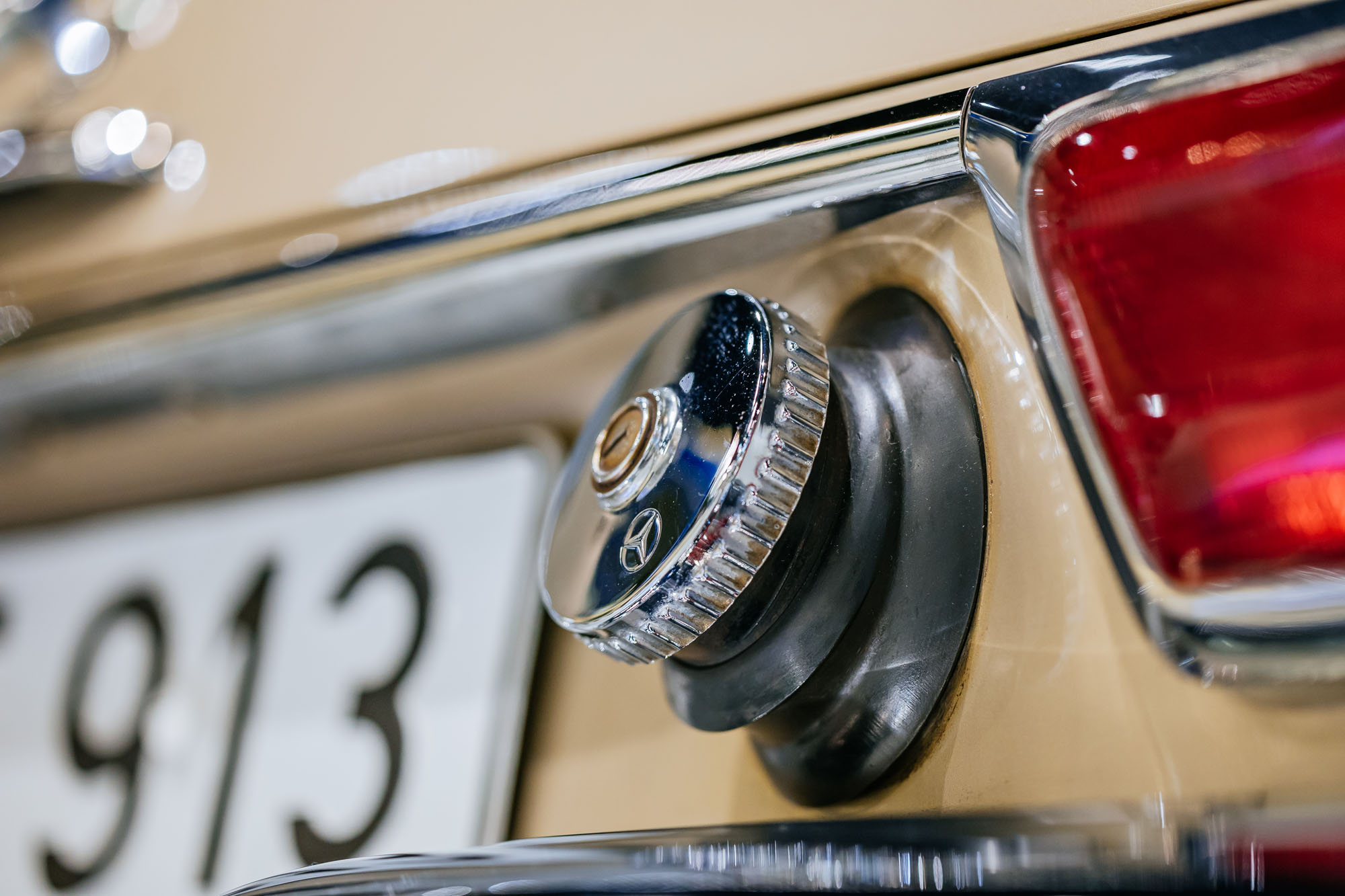
Rally racer
Motorsport is also in the genes of this SL generation. The victory of Eugen Böhringer and Klaus Kaiser in a Mercedes-Benz 230 SL at the Spa-Sofia-Liège long-distance rally from 27 to 31 August 1963 – around 5,500 kilometers at top speed – is legendary. Böhringer calls the sports car a “dancer” because it is more maneuverable than the saloon with its longer wheelbase.
Production of the 280 SL comes to an end in March 1971. Its successor is the completely newly designed 107 model series. A total of 48,912 units of the three SL models of the W 113 are produced in eight years of production. Today, they are among the brand’s most popular classics. No wonder: they combine sportiness with a high level of everyday practicality, comfort and timeless elegance. The comprehensive supply of Mercedes-Benz Classic Genuine Parts available through the manufacturer is a major advantage when it comes to preserving any “Pagoda”. Looking for a part? Click here for the parts finder: https://teilesuche.mercedes-benz-classic.com.
No politics, no religion, no instagrams, and commentary must be civil. The ToS and the CoC will be enforced, and anything that the administrator deems to be offensive will be deleted. YouTubes, videos and images that the administrator is unable to open must be described and explained or they will be deleted.


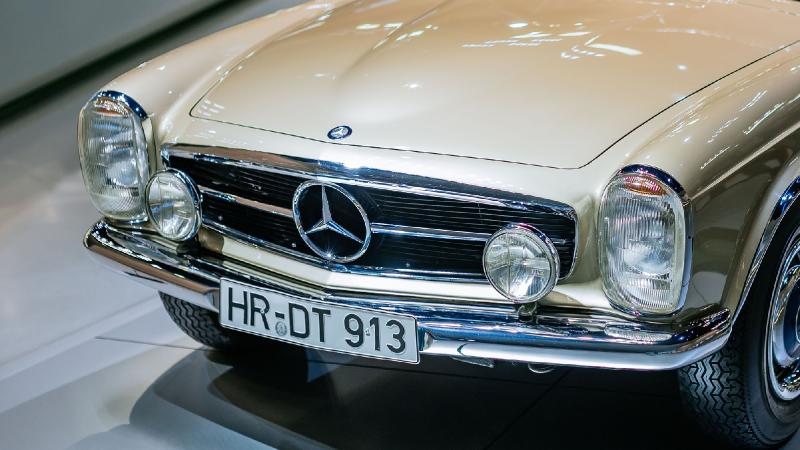

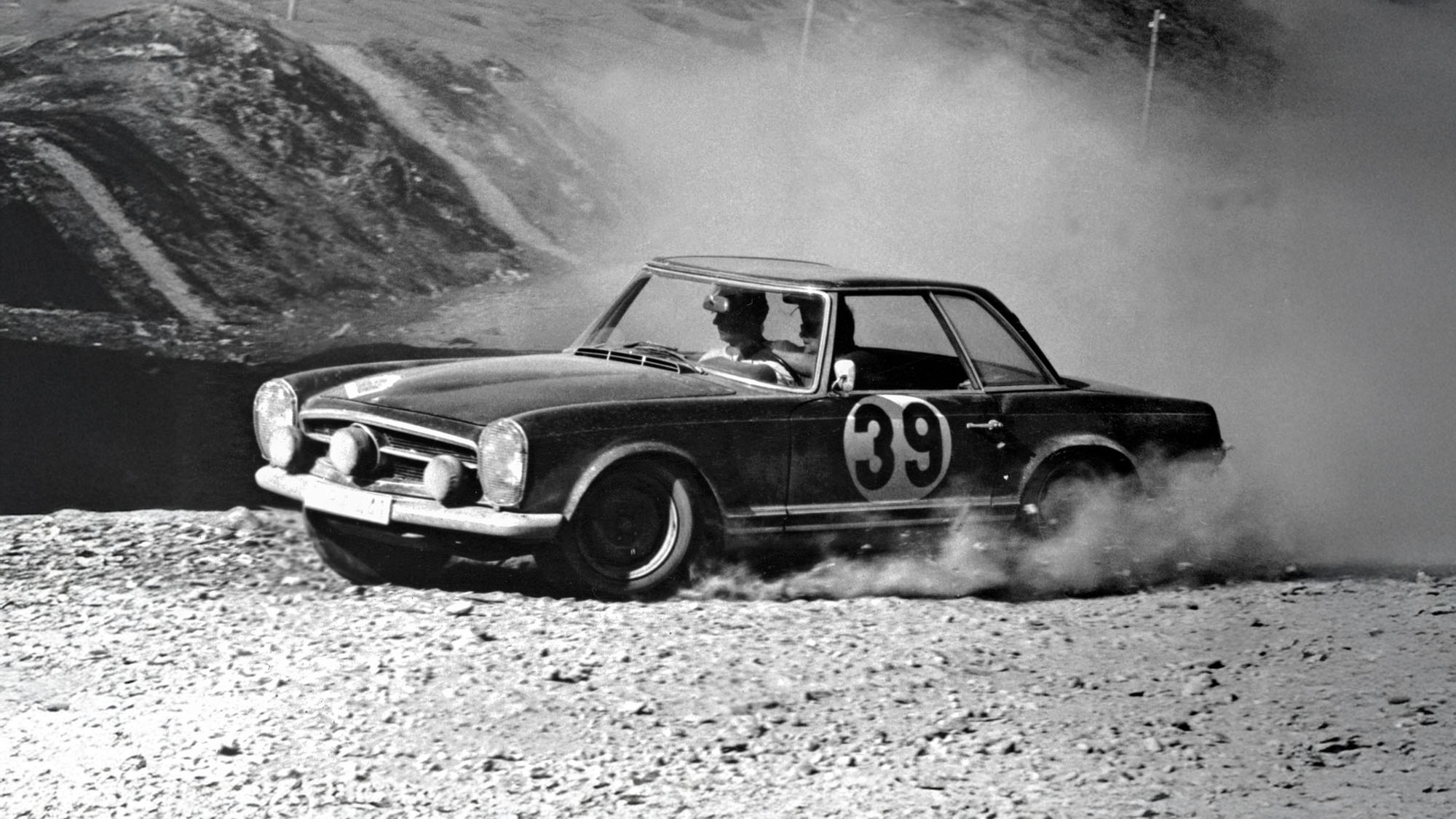









I have little to say about Mercedes-Benz - only three comments.
1. As an indication of his superiority and good taste, the late Prime Minister of Canada (Justin's father was probably the only reason Justin was elected) drove an iconic Mercedes-Benz 300 SL Gull Wing.
In an attempt to fill his father's shoes, which he has never been capable of doing, Justin drove a 300 SL convertible.
2. I once test-drove a Mercedes hardtop; back during the 1970s, drove it non-stop for about 4 hours and the seating and whatever else was so perfect it was from the beginning of the ride to the end the most physically comfortable and non-tiring feeling I ever had driving a car (but I really couldn't afford it).
3. A female client of mine had a vintage 1960 Mercedes-Benz 190 SL convertible. One day it got banged in the back by a streetcar and caused some minor damage which upset her so much she without my knowing it sold it to the Mercedes dealership for $1000. When I found out I couldn't believe it - I would have bought it from her if I had known.
Nice looking car, the 280.
Compared to the others, at least it had a back seat.